Yunjian (Chinese: 云肩 ; pinyin: yún jiān), also known as pijian (Chinese: 披肩 ; pinyin: pī jiān), is a decorative cloth worn on the shoulders in ancient China.
Yunjian was originally only used to protect the cleanliness of the neckline and shoulders, and then gradually developed into a kind of decoration, mostly made of colorful embroidery.
Original development
Most of the early yunjian are shaped like wings that fall on either side of the shoulders, but judging by the Baixi image on the Han tomb mural in Yinan, there is also a cloud shoulder around the neck.
Around the Song and Jin dynasties, yunjian gradually became widely worn.
During the Ming and Qing dynasties, yunjian was very popular and was commonly used at weddings and other occasions.
In the Qing dynasty, yunjian spread to all walks of life, especially when they got married, and it became an indispensable dress for young women.
Yunjian production is generally made into two layers of four/eight hanging clouds, and each cloud is embroidered with flowers, birds, grass, or insects.
A yunjian takes a long time to embroider, and the craftsmanship is extraordinary.
There are various kinds of stitches in yunjian embroidery, such as pulling needles, connecting needles, rolling needles, pine needles, thread nails, punching, gold loops, grab needles, and others.
Yunjian style
Yunjian is usually made into two layers of four/eight vertical clouds, each embroidered.
The types of yunjian include symmetrical yunjian, radial yunjian, bead yunjian, yunjian with collar and without the symmetric collar, and others.
The yunjian structure is around the center of the neck, with four directions or eight directions. Which has the meaning of worshiping the sun and symbolizes the four seasons and the eight solar terms, which corresponds to the ancient concept of creation.
History
Sui and Tang dynasties
Yunjian as a form of garment collar developed in the Sui dynasty from fur coats.
Yet other sources suggest that it first appeared in the Tang dynasty and was an element of Chinese court dress since the Tang dynasty.
In the Tang dynasty, the 4-petal leaf pattern used in the yunjian motif changed in detail and became a cross flower and thus developed into a regular pattern that adorns the fabric.
Song and Jin dynasty
The yunjian appear to have been known in China as early as the Song Dynasty and since then, they have been used extensively in the patterns of their robes.
Until the Song dynasty, yunjian designs featured a combination of persimmon petal motifs and ruyi clouds (auspicious clouds) that were also used in Song dynasty architecture. The ruyi cloud pattern can be found in early bronze items from the Shang and Zhou dynasties and became popular in the Han dynasty.
Yunjian also exists in the Jin dynasty, where it is attested that it was first used on robes in literature.
The first pictorial evidence of the use of the yunjian pattern on robes comes from the Jin dynasty in the painting Lady Wenji Returns to Han while the term “yunjian 雲肩” is also the first document in Jin shi in the description of the imperial dress of the Jin dynasty.
According to Jin shi: “Title and royal mistress and imperial relatives…given imperial chariots and bandages for chariots with sun and moon decorated on the left and right shoulders of clouds, yellow dragon pattern, saddle with five holes need to be changed”. Imperial dress is also depicted as a yellow imperial robe decorated with dragon motifs worn with yunjian decorated with sun and moon.
Mongol period and Yuan dynasty
Before conquering the Song dynasty, the Mongols had adopted the use of the yunjian.
But according to the history of the Yuan dynasty, the Yuan clothing originated in the Jin dynasty; “When the Yuan dynasty was founded, the dress and decoration of the chariots followed the old customs. Kublai Khan took the customs from the Jin and Song dynasties to the Han and Tang dynasties”.
The yunjian was popular in the Yuan dynasty and became a signature on men’s and women’s clothing and can also be found in ceramic and metal works.
In Yuan Khublai Khan’s Hunting dynasty painting, Empress Chabi is depicted wearing a white robe decorated with a cloud collar motif on her chest and shoulders. Some officers also wore Mongol robes with yunjian.
Yunjian in the Yuan dynasty was used to protect the necks of northern travelers from wind and sand. However, it also developed into yunjian which was used to adorn the shoulder area of clothing and became widely used in noble clothing.
Ming dynasty
During the Ming dynasty, the yunjian garment collar seems to have been popular in China and Mongolia during this period.
The Ming court once sent a yunjian with a tiger design and gold flowers to a Mongolian chieftain.
Qing dynasty
Yunjian survived into the Qing dynasty period and was used in Chinese women’s clothing.
Yunjian in the Qing dynasty was very popular and can be found in many forms and styles.
In the 17th and 18th centuries, the yunjian was one of the most common Han Chinese women’s clothing in China, along with ruqun, beizi, and bijia.
Yunjian can sometimes be used as a detachable collar or can be found woven into women’s robes.
In the Qing dynasty, the yunjian became an indispensable item for women’s wedding attire.
In the 19th century, the yunjian became an important central element of Han Chinese women’s celebratory attire.
The Yunjian worn by the Han Chinese as ceremonial attire and for weddings is a detachable collar.
Republic of China
Yunjian continued to appear in Chinese robes throughout the Republic of China.
21st century
In the 21st century, modern yunjian began to be used for modern hanfu decoration. However, sometimes yunjian is combined with some modern elements.

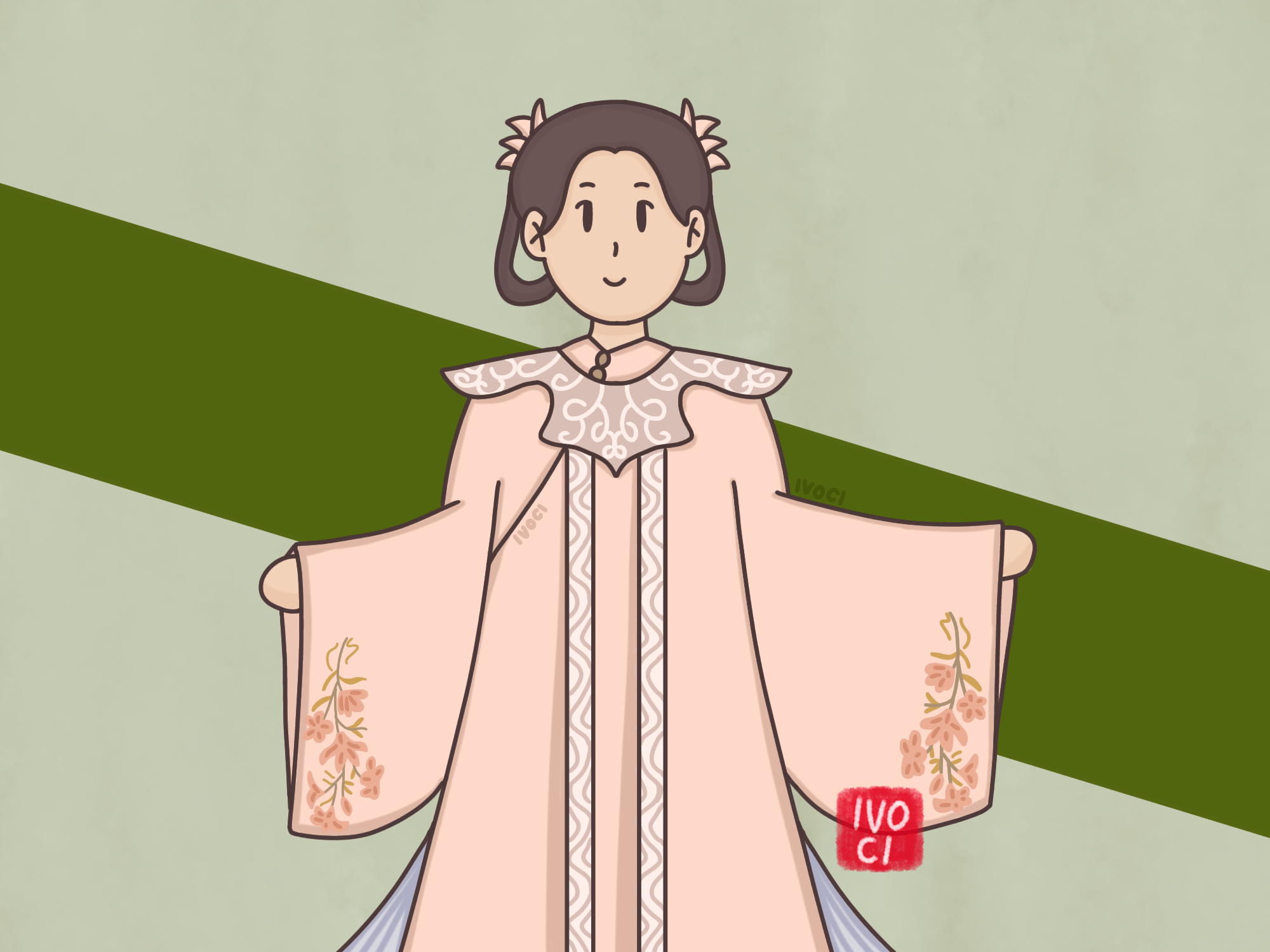
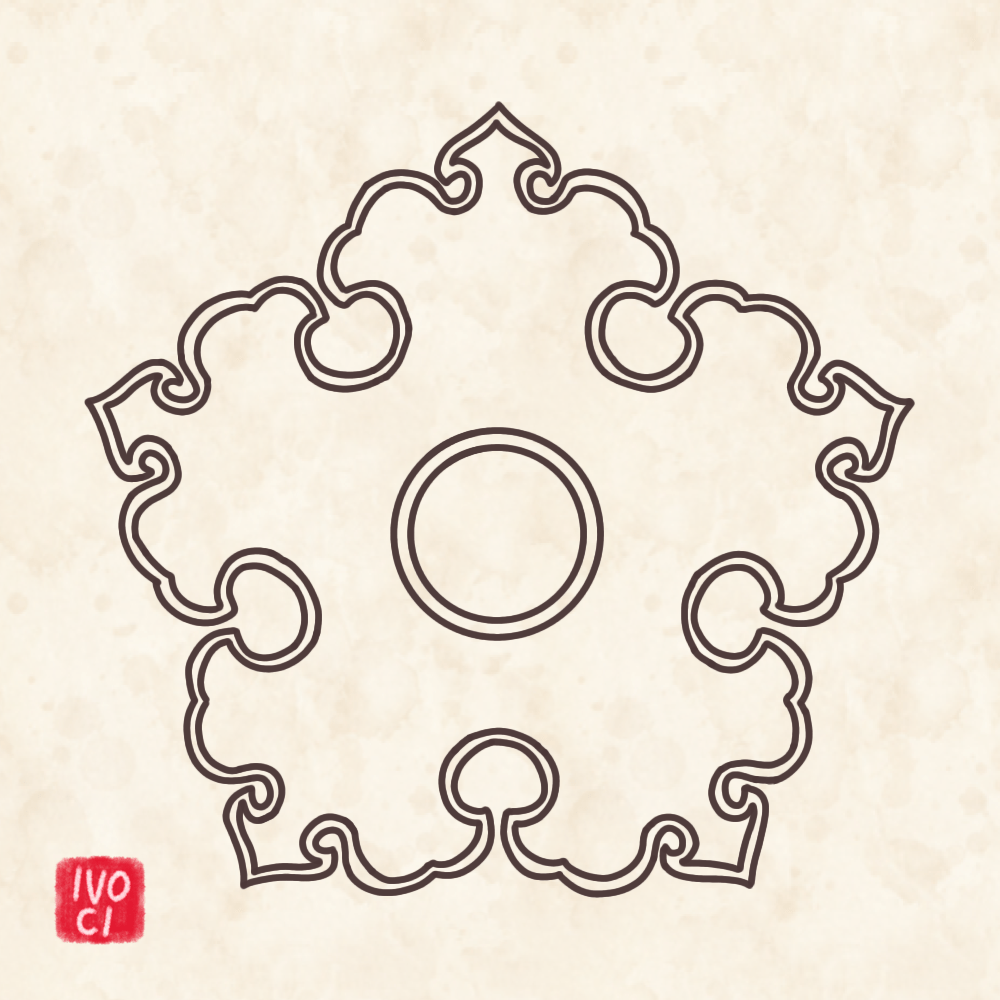
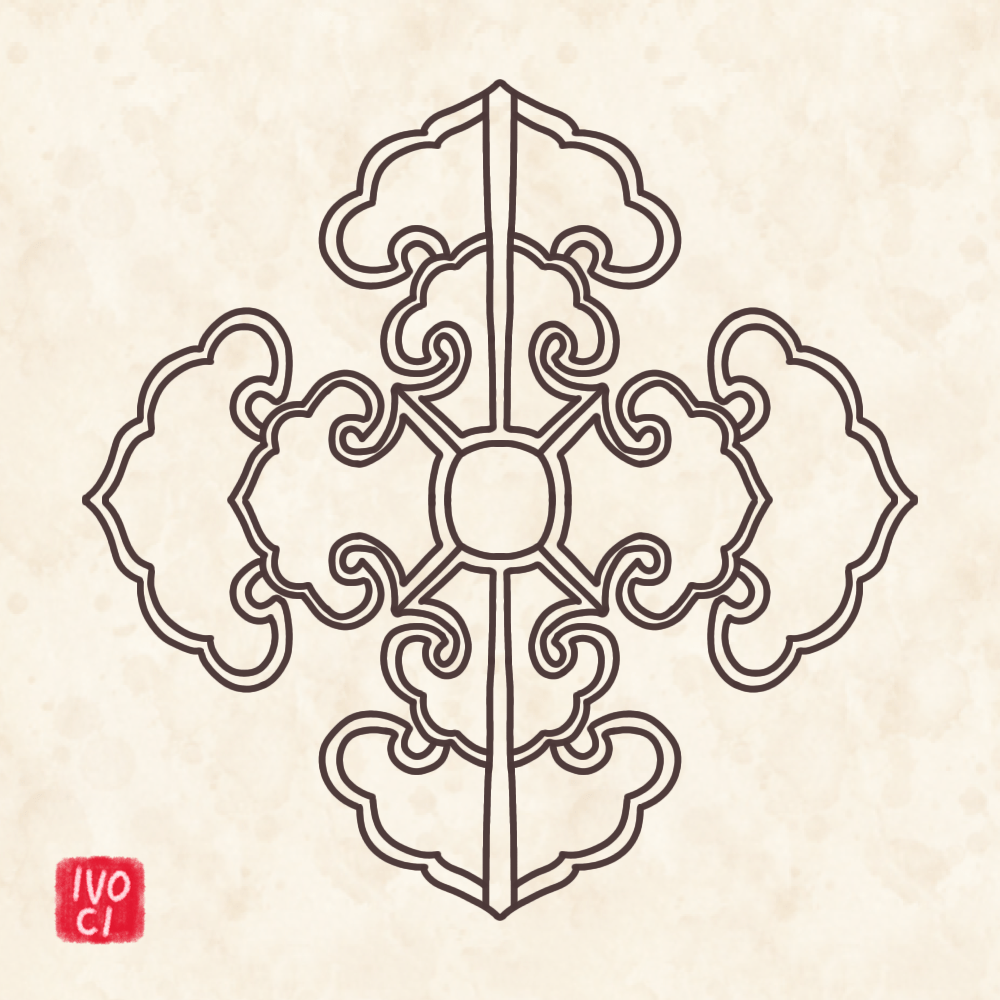
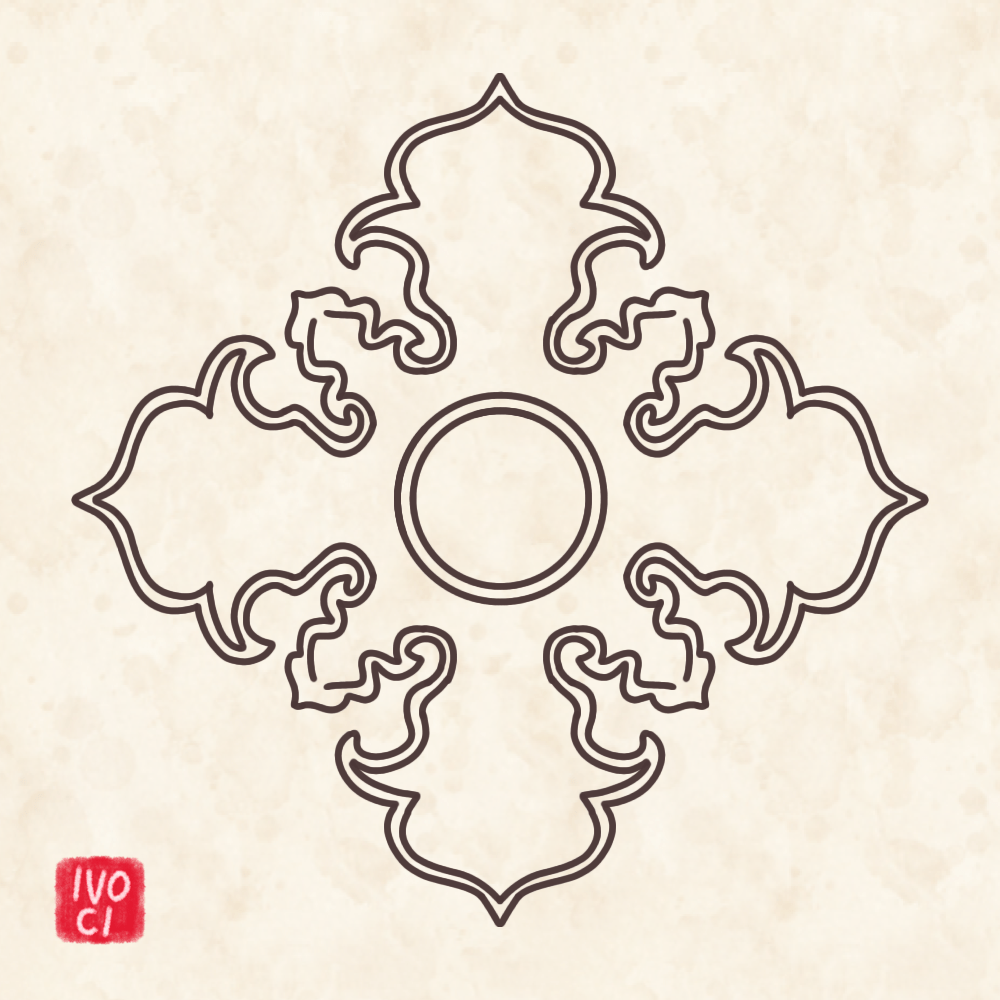
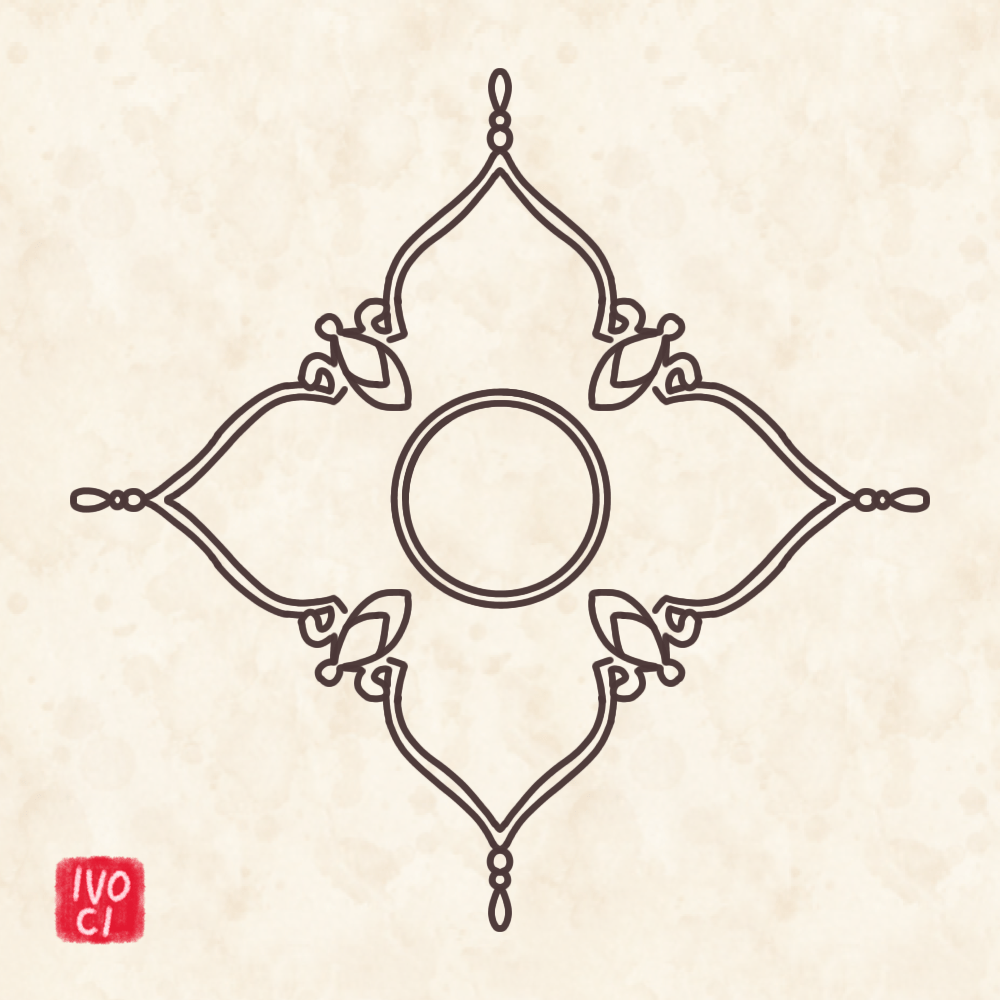
Leave a Reply